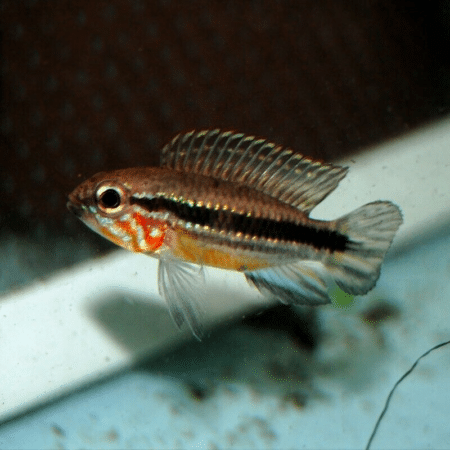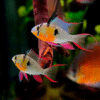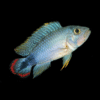-
×

-
×

-
×

-
×

-
×

-
×

-
×

-
×

-
×

Subtotal: £411.26













Emily Carter (verified owner) –
I recently purchased a pair of Apistogramma Cacatuoides «Double Red» and I couldn’t be happier! After just two weeks in my 20-gallon tank, these little beauties have completely transformed my aquarium. Their vibrant colors and dynamic personalities are such a joy to watch. The male has developed stunning red fins, and the female is equally beautiful with her subtle shades.
I was initially concerned about compatibility issues, but they settled in quickly and began exploring their new home right away. I made sure to provide plenty of hiding spots with driftwood and plants, which I believe helped them feel secure. They are a lot more interactive compared to some other dwarf cichlids I’ve kept before, which makes them a delight.
I highly recommend this pair for any aquarium enthusiast looking to add personality and beauty to their tank. Just make sure you have a peaceful community setup, as they’ll thrive best in a stress-free environment. I’m already considering purchasing another pair!
Overall, the shipping was quick and they arrived healthy, which is always a plus when buying aquarium fish online. If you’re a fish lover like me, these Apistogramma Cacatuoides are definitely worth it!